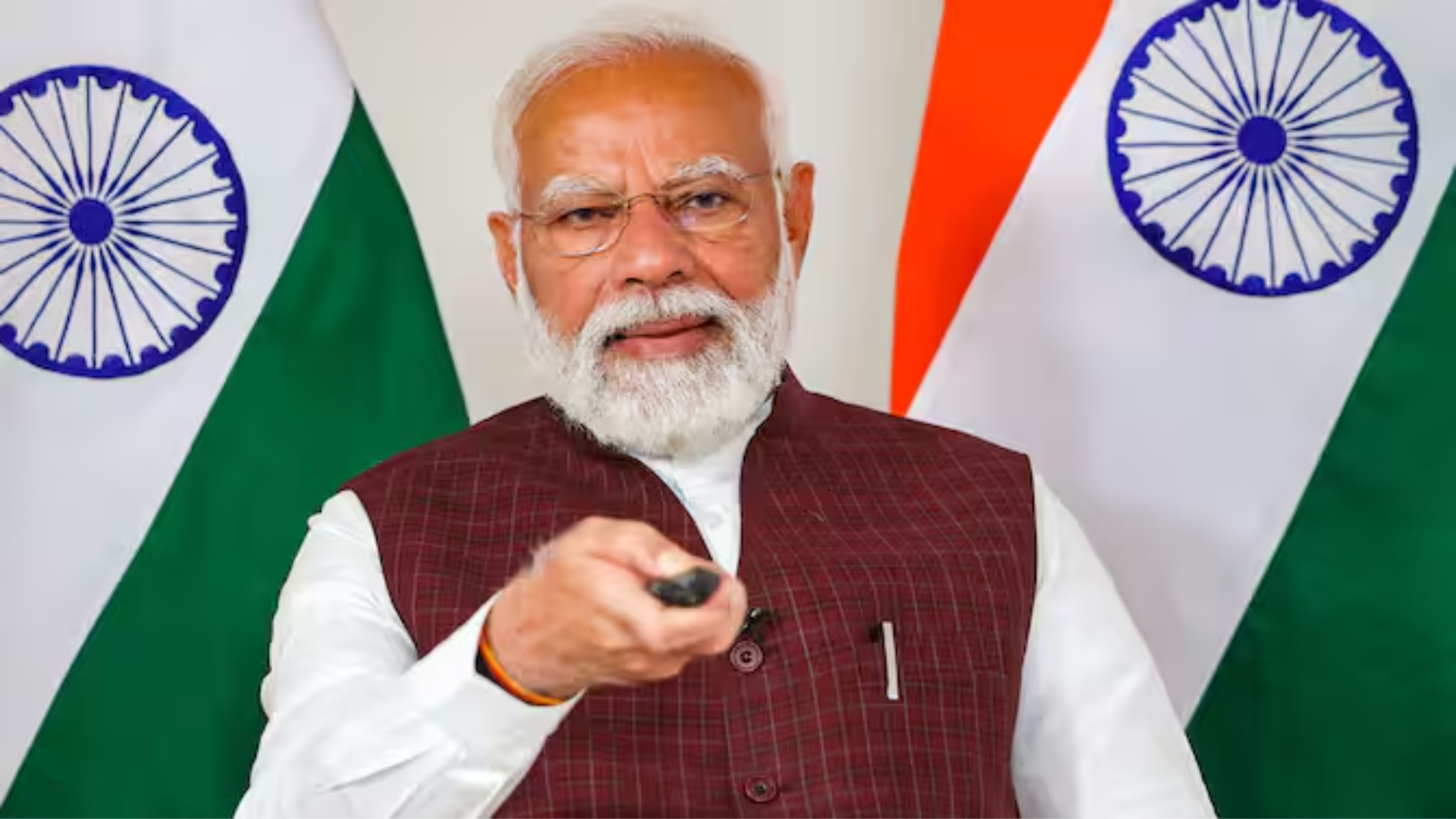
Prime Minister Modi to break Ground of Vadhavan Deep-Water Port on August 30
NEW DELHI : In a significant push towards bolstering India’s maritime infrastructure, Prime Minister Shri Narendra Modi is set to lay the foundation stone for the deep-water port project at Vadhavan near Dahanu in Maharashtra’s Palghar district on August 30. The ambitious project, with a massive investment of INR 76,220 crores, aims to enhance India’s port capacity, supporting the nation’s rapidly growing economy, as confirmed by government sources.
Vadhavan Port will be constructed offshore, 4-6 km inside the sea, on reclaimed land. The construction will utilize materials sourced from sand borrow pits located off the coast of Daman, approximately 50 km away. The port’s design includes nine container terminals, each with a 1,000-meter-long quay (berth), and a deep-water draft of 20 meters, enabling it to accommodate container ships with a capacity of over 24,000 TEUs. The project also features three multi-purpose berths, four liquid bulk berths, a Ro-Ro berth, and dedicated tug and port craft berths. The port will be supported by an 8-lane road and two-line rail connectivity, ensuring seamless integration with the broader logistics network.
This state-of-the-art infrastructure will position Vadhavan as a critical node in the India-Middle East-Europe Corridor, a strategic initiative aimed at enhancing trade routes and economic cooperation between these regions. The port’s strategic location on the west coast, close to major international sea routes, further cements its potential as a hub port in the Arabian Sea. It is expected to cater to container traffic from the east coast of Africa, India’s west coast, and countries in the Persian Gulf, potentially reversing the current trend of traffic flow towards other regional hubs.
India currently operates 12 major ports with a collective cargo handling capacity of 1,629.86 million tonnes (mt) per year. The addition of Vadhavan Port, designed to handle an unprecedented 23.2 million twenty-foot equivalent units (TEUs) annually, will significantly boost this capacity. This development is particularly crucial for Jawaharlal Nehru Port Authority (JNPA), India’s largest state-owned container gateway, which faces expansion limitations at its current location in Nhava Sheva.
Vadhavan is the first major port owned by the Union Government which has been constructed in over two decades. The complexity and scale of the project involved many challenges, particularly opposition from local communities, fishermen, and environmental groups. Despite these hurdles, the project’s approval by the Union Cabinet on June 19 highlights its strategic importance in India’s economic and trade expansion plans.
The construction of the Vadhavan Port is not just an infrastructural endeavour, rather also a strategic imperative for India’s expanding economy and increasing international trade volumes. The port’s ability to handle the world’s largest container ships – vessels over 400 meters long with capacities exceeding 24,000 TEUs—will significantly enhance India’s global trade competitiveness. Moreover, with a container handling capacity of over 23 million TEUs, Vadhavan is poised to catapult India into the league of countries hosting the world’s top 10 container ports, a feat no other Indian port can currently achieve due to natural constraints.
As India continues to emerge as a global economic powerhouse, the development of modern, deep-draft ports like Vadhavan will be crucial in supporting manufacturing activities, promoting ease of doing business, and meeting the demands of global competition. The port is expected to play a pivotal role in driving the nation’s economic growth, serving as a gateway for international trade, and positioning India as a key player in the global maritime industry.
